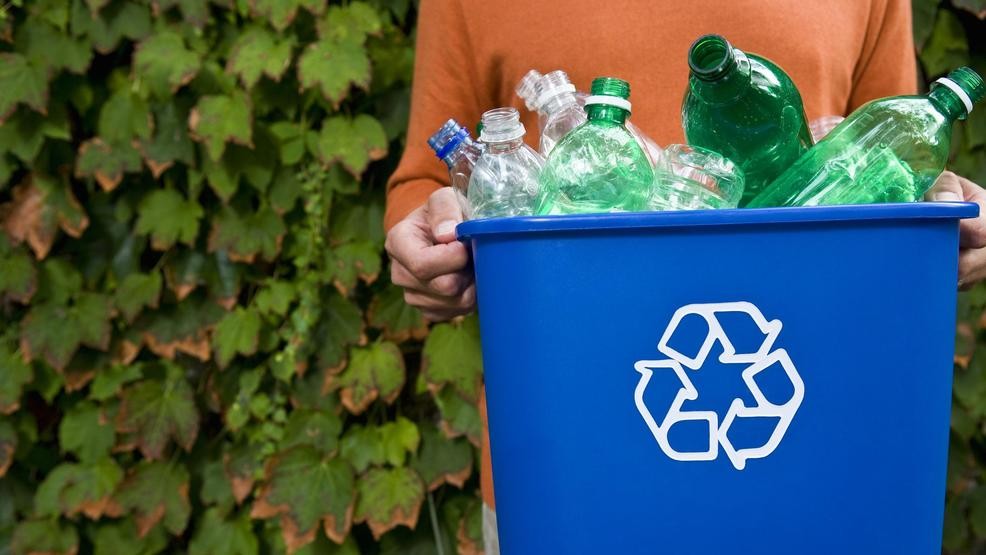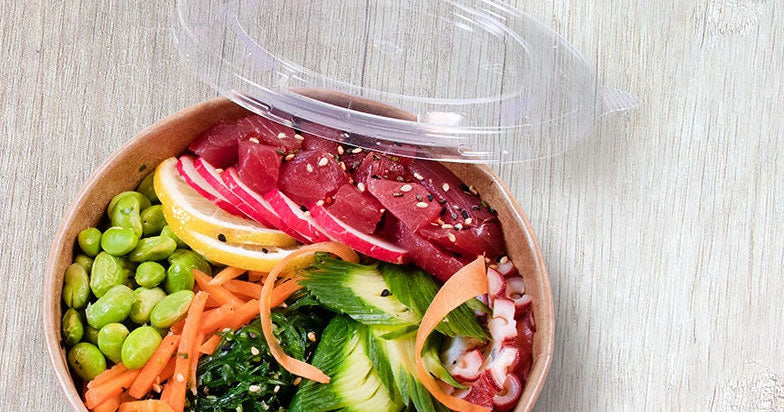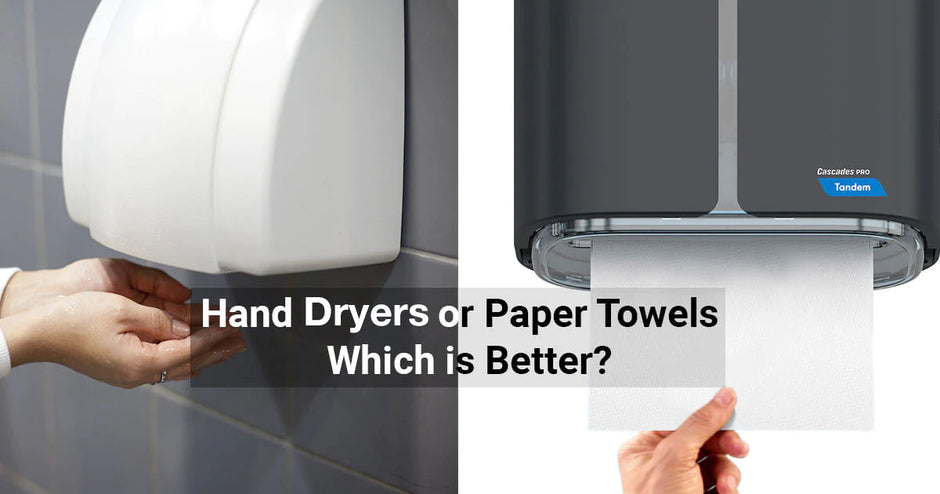Confused about what can — and can’t — go in your blue box?
Certain kinds of packaging are just too hard for many recycling programs to handle. Some require consumers to take a few extra steps to disassemble them before dropping them in the blue box. Others look like recyclable materials but aren’t accepted by many recycling programs. And still others are hard to process, then sell afterward, as they can’t easily be turned into new products.
When certain “unrecyclable” items do end up in blue boxes, they can contaminate materials that are normally recyclable.
Here’s a look at some of the packaging flagged as “challenges” by the PAC Packaging Consortium, which represents companies in the packaging industry.
These materials are a problem for many different reasons, but there are also some potential solutions for dealing with them, including things consumers can do. (Also, please note: some of these can be recycled by some programs and municipalities, and a few can be recycled by most programs with proper handling by consumers. So check with your local program if you’re not sure.)
Standup pouches, foiled wrappers and other ‘multi-layered laminates’
Why they’re a problem: There’s no market for these materials, so they’re not accepted for recycling. When people put these in the recycling, they usually end up contaminating the paper stream, because they’re flat when empty.
What are the options?
A company called TerraCycle collects and recycles a small amount. British Columbia is looking into turning these into fuel pellets. Others are also looking into turning the materials into fuel or incorporating it into plywood. Some companies have also developed recyclable standup pouches that can be recycled through select drop-off locations.
Compostable plastic
Why it’s a problem:
It tends to crack and break apart at recycling facilities. It also looks like easily recycled polyethylene terephthalate (PET) plastic and, if missorted, could contaminate bales of recyclable plastics.
What are the options?
Optical sorting technology can separate this out. Producers are also looking for ways to recycle it.
Black plastic containers and plant pots and trays
Why it’s a problem: It can’t be sorted with the optical sorting technology at recycling facilities. Manually sorting is expensive, so it’s not accepted by many recycling programs. There is also not much of a market for recovered black plastics.
What are the options? An additive could make these plastics detectable by optical sorters. Some cities are encouraging the use of differently coloured plastic containers.
Full shrink-wrap labels on bottles
Why they’re a problem: Optical sorters can’t always detect the recyclable bottle if the sleeve is on and will eject it as contamination.
What are the options? The packaging industry recommends making the sleeves cover three quarters of the bottle instead of the whole thing, or including perforations and other features that make the sleeves easier to remove during processing. Sorting plants can also use delabelling equipment to remove the sleeves. Meantime, consumers should peel the sleeves off before tossing the bottle in the blue bin.
Coffee and tea takeaway cups
Why they’re a problem: These aren’t accepted by many recycling facilities because they’re made of paper but lined with a plastic coating — and recycling systems have trouble with items that combine two materials. The cups get ejected as paper when they end up in the container line. If they’re flattened, they end up in the paper stream — but the resulting paper is lower grade due to the presence of the plastic.
What are the options? They could be manually sorted and combined with drink boxes and milk cartons, which are also a combination of paper and plastic. But, of course, manual sorting can be expensive. And markets need to be found for the material that’s recovered.
Metallized tubes for things like prescription creams
Why they’re a problem: They contain residue and multiple materials that can contaminate recyclables.
What are the options? Industry is looking at ways to recover aluminum from this kind of packaging.
Coffee pods
Why they’re a problem: These contain many parts with different materials that need to be separated. In some places, like B.C., the plastic from plastic pods can be recycled when separated. But in other recycling programs, because the pods are small, pieces of them can drop through mechanical screens at recycling plants and contaminate other streams, especially glass.
What are the options?
The plastic parts can be theoretically recovered, provided everything else is separated out. Some brands let you return these. There are also private programs that recycle them.
Coloured, opaque PET plastic energy drink and personal care bottles
Why it’s a problem: Clear PET plastic is much more valuable than coloured PET because it can be made into new products of any colour. Too much coloured PET plastic can ruin the value of the entire load of PET collected.
What are the options? Industry is encouraged to stick to clear PET.
Clear plastic bakery and electronics packaging
Why it’s a problem: It looks like PET and most consumers can’t tell the difference. It’s also hard for manual sorting to identify at recycling plants. It can contaminate PET bales.
What are the options? If a recycling plant has optical sorting technology, it can identify this material. Some Canadian retailers have committed to using only PET containers for bakery and produce under their private-label brands to help address this problem.
Flats of drink bottles and cans
Why they’re a problem: If the cardboard tray and plastic cover aren’t separated by consumers, they need to be manually separated at a recycling facility. If that doesn’t happen, they end up in the landfill.
What are the options? Recycling programs are trying to educate consumers to separate these materials in the blue bin.











